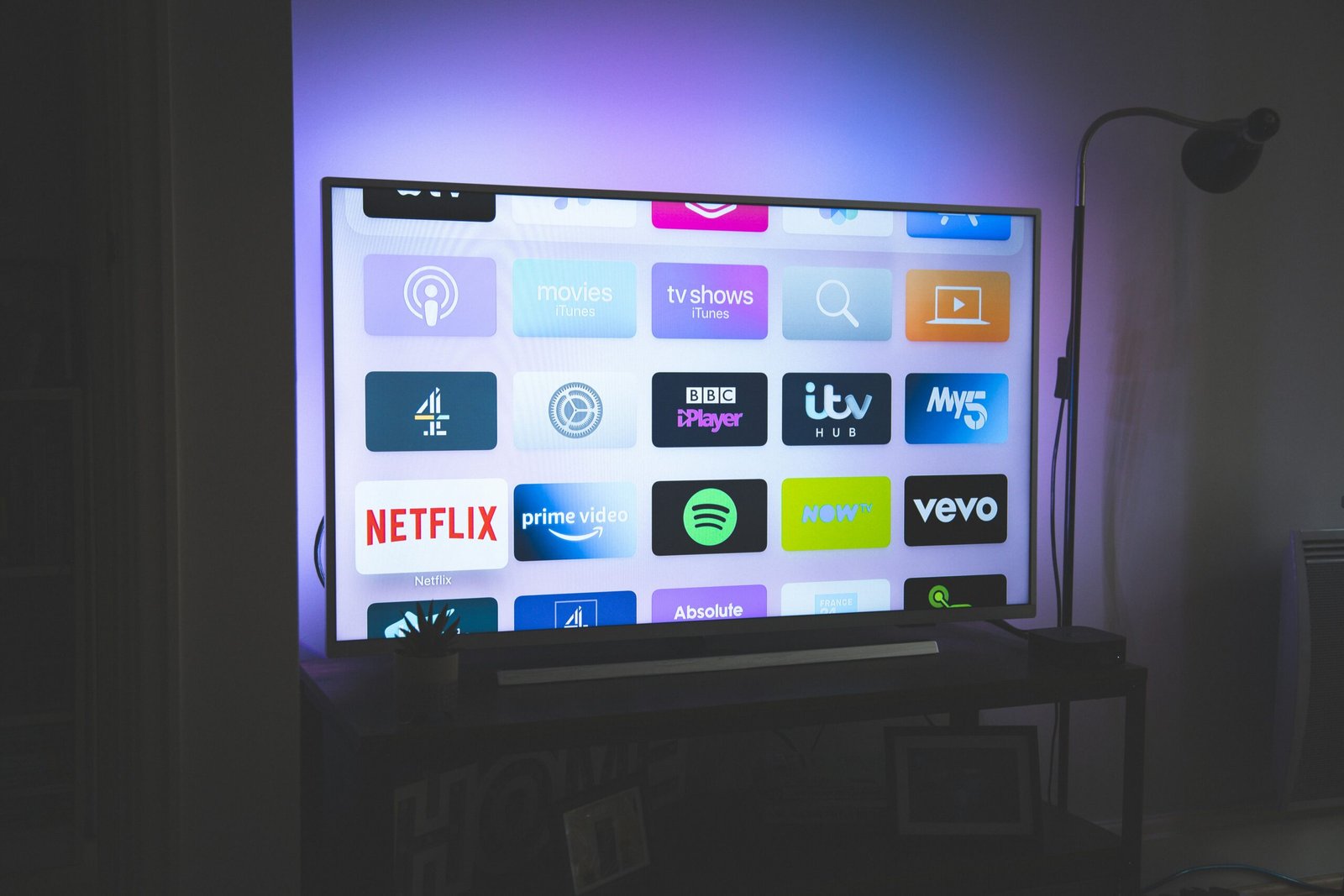Are milliseconds costing you the win?
For competitive gamers, every fraction of a second counts. TVs with low input lag give you the responsiveness you need to react faster, aim sharper, and stay ahead of the competition. This guide explains why input lag matters, how it’s tested, what specs to look for, and how to optimize your setup for peak performance.
Why Input Lag Matters for Gamers
Input lag is the time it takes for your TV to display what your controller just told it to do. Even a small delay can affect your gameplay—especially in fast-paced shooters, racing games, or competitive online matches.
- Lower input lag = quicker reactions
- Higher input lag = noticeable delay and missed moves
While visuals are important, responsiveness often decides the outcome of intense gaming moments. That’s why choosing a TV designed for minimal input lag is essential.
How Experts Test Input Lag
To help gamers find the best TVs, reviewers use standardized testing methods that measure responsiveness down to the millisecond. These controlled tests eliminate bias and give accurate, real-world data.
Here’s how input lag testing works:
- Specialized measurement tools record input delay in milliseconds
- Digital analyzers verify refresh rates (often 120Hz)
- Benchmark software evaluates HDMI 2.1 bandwidth, VRR support, and audio-visual sync
- Simulated gaming scenarios recreate real competitive conditions
By isolating each performance factor, testers can identify which TVs deliver ultra-fast responses and smooth visuals under pressure.
Top TVs with Low Input Lag (Amazon Picks)
Here are some standout models available on Amazon that combine ultra-low lag, smooth motion, and vibrant picture quality:
- LG C3 OLED – 4K OLED, native 120Hz, 4 HDMI 2.1 ports, supports VRR (G-Sync, FreeSync), and has an ultra-fast ~0.1ms response time. Ideal for competitive gaming with stunning color accuracy and deep blacks.
- Samsung Q80D – 4K QLED, 120Hz refresh rate, HDMI 2.1 support, Auto Low Latency Mode, and real-world tested input lag around 9–10ms. Bright enough for daylight play and packed with gaming features.
- Sony Bravia 8 – 4K OLED, 120Hz, VRR and ALLM support, extremely low input lag under 10ms, delivering fluid motion and crisp visuals for fast-paced action.
- Samsung S95D – 4K OLED, 120Hz, HDR10+, Neural Quantum processor, low lag performance with rich colors and high brightness—great for both gaming and streaming.
These models are consistently praised by reviewers for combining fast responsiveness with excellent visuals, making them strong choices for serious gamers.
Key Features to Look For
When shopping for a TV with low input lag, these specs have the biggest impact on responsiveness:
- High refresh rates (120Hz or higher) for smoother motion
- 4K resolution for sharp, detailed images
- HDMI 2.1 ports for fast data transfer and high frame rates
- VRR (Variable Refresh Rate) and ALLM (Auto Low Latency Mode) to reduce stutter and delay
- Strong processing power to render frames instantly
These features work together to create a smooth, lag-free gaming experience.
How to Optimize Your Gaming Setup
Even the best low-lag TVs need proper setup to reach their full potential. A few quick tweaks can dramatically cut down input delay.
Essential steps:
- Enable Game Mode to prioritize speed over extra image processing
- Use certified high-speed HDMI cables for reliable signal transfer
- Keep TV firmware updated for the latest performance improvements
- Calibrate brightness and contrast for clear visuals without added delay
- Position your TV to minimize signal interference
- Run benchmark tests to confirm performance
These small adjustments ensure your display’s lightning-fast response stays consistent in competitive environments.
Expert Tip: Rely on Trusted Reviews
Independent reviewers who specialize in gaming displays can be invaluable. They use unbiased, repeatable tests to compare input lag across models and brands. Relying on their data—rather than marketing claims—can help you find hidden gems, including affordable models with surprisingly low input lag.
Final Takeaway
If you’re serious about gaming, don’t overlook input lag. Investing in a TV built for speed can give you:
- Sharper reactions
- Smoother motion
- A competitive edge in every match
Combine the right specs, careful setup, and trusted reviews to build a gaming setup that’s as fast as your reflexes.
FAQs
Q: Which TVs have the lowest input lag for gaming?
A: The LG C3 leads with about 0.1ms, while the Sony Bravia 8, Samsung S95D, and Samsung Q80D offer ultra-low lag under 10ms, all supporting 4K at 120Hz with VRR.
Q: What input lag is considered good for gaming?
A: Under 20ms is great for general gaming. For competitive play, aim for under 10ms with Game Mode enabled.
Q: How does refresh rate affect input lag?
A: Higher refresh rates (120Hz vs 60Hz) reduce input lag and create smoother motion—crucial for fast-paced games.
Q: What features should gamers look for in a low-lag TV?
A: HDMI 2.1 ports, VRR, ALLM, and Game Mode support ensure minimal delay and smooth gameplay.
Q: Are OLED TVs better for low input lag?
A: Yes. OLED TVs like the LG C3 and Sony Bravia 8 offer faster pixel response times, reducing lag and blur.
Q: How can I reduce input lag on my current TV?
A: Enable Game Mode, use high-speed HDMI cables, disable extra image processing, and update firmware regularly.
Q: Can budget TVs still perform well for gaming?
A: Yes. Some budget models from brands like Samsung and TCL offer input lag under 20ms, though they may lack premium features.





